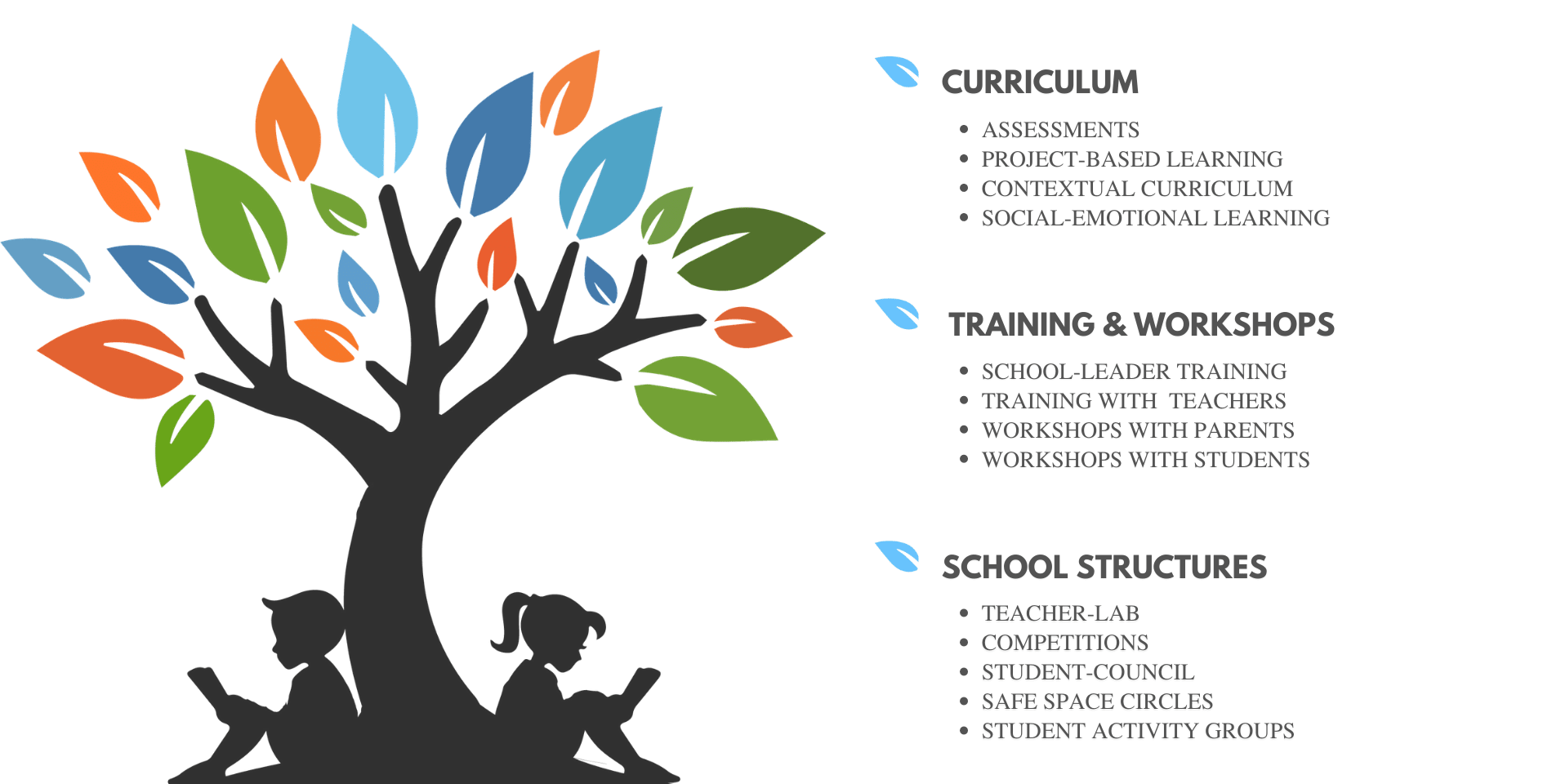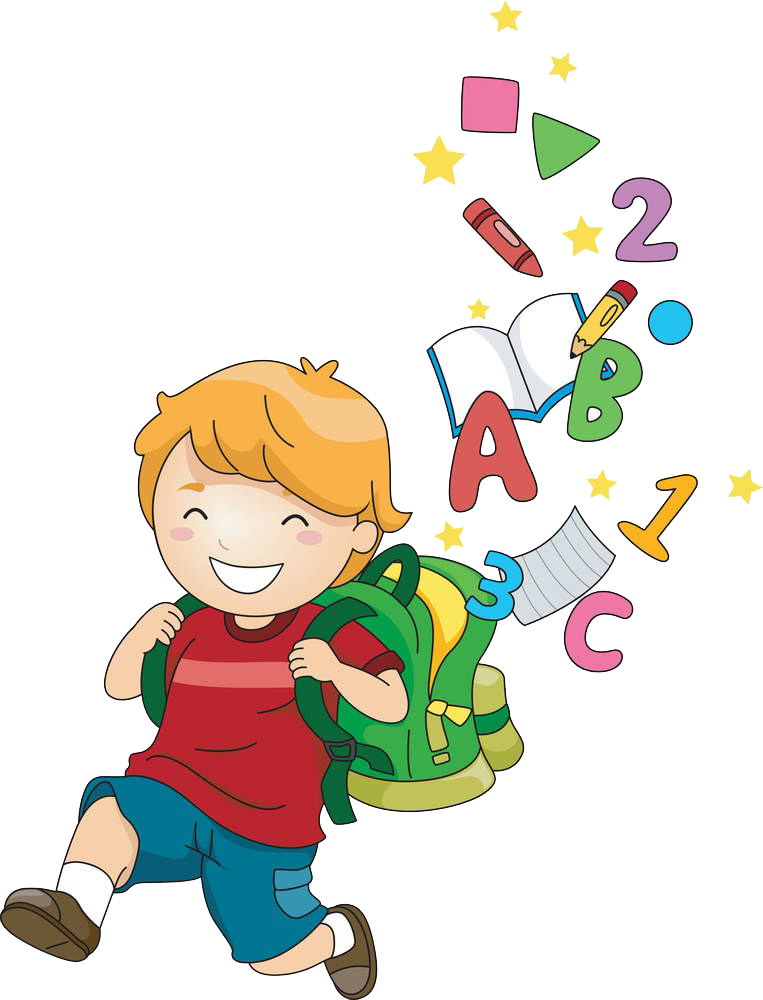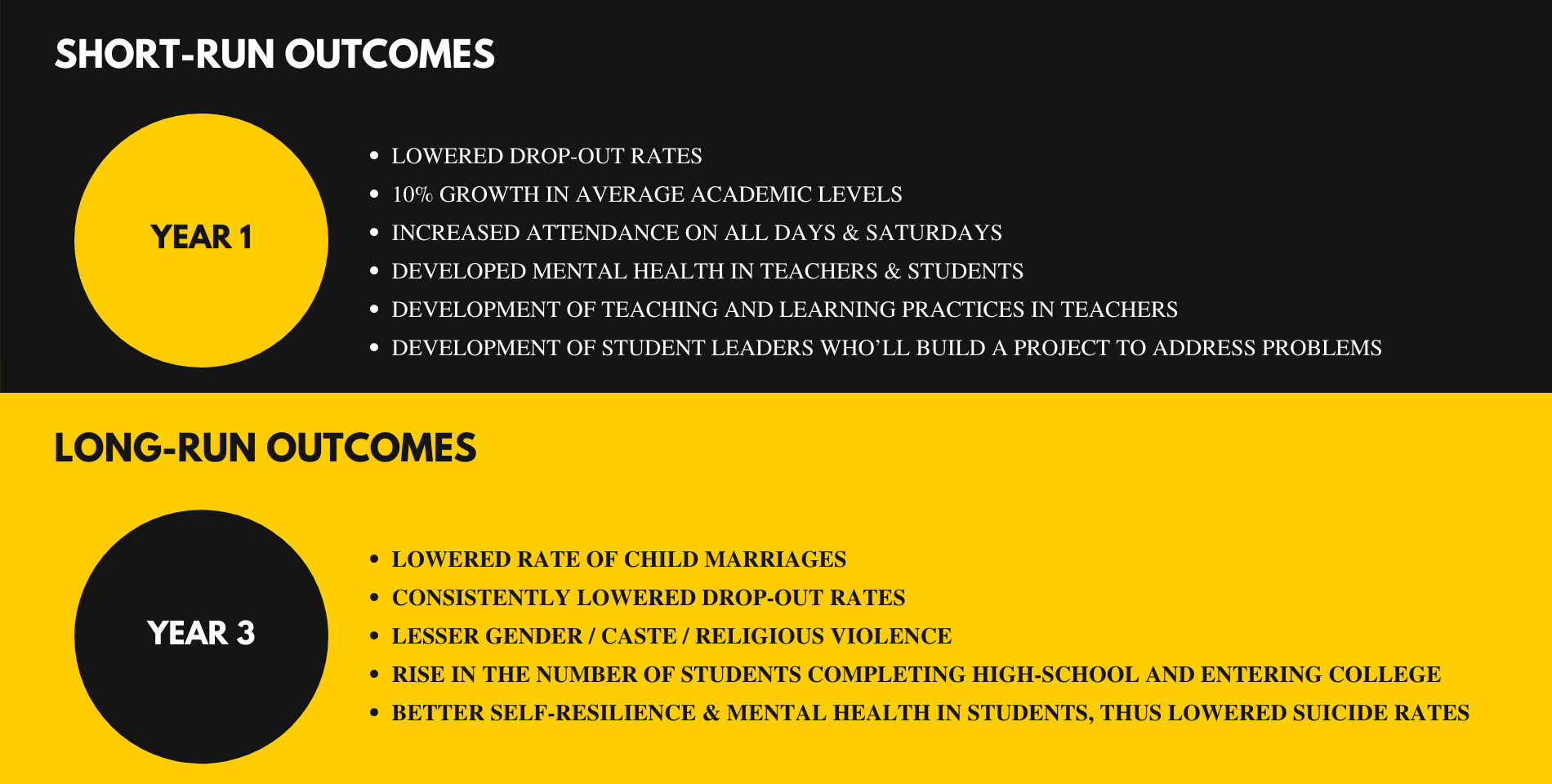1 in 9 People in West Bengal, according to WHO, have reported mental health issues.
What are you contributing towards?
School Transformation Project
Our intervention focuses on the development of the entire school by making
impact on all
stakeholders by leveraging the following action areas:




